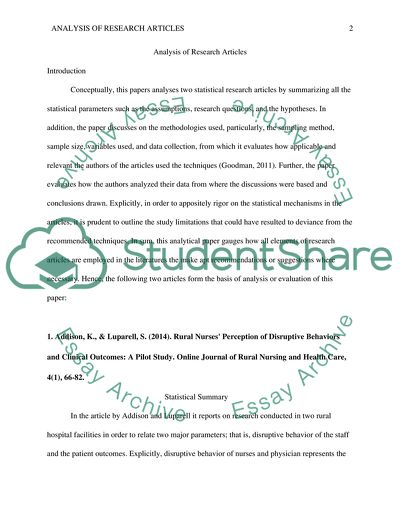Cite this document
(Statistical Research Articles Analysis Paper Example | Topics and Well Written Essays - 3250 words, n.d.)
Statistical Research Articles Analysis Paper Example | Topics and Well Written Essays - 3250 words. https://studentshare.org/statistics/1835182-statistical-analysis
Statistical Research Articles Analysis Paper Example | Topics and Well Written Essays - 3250 words. https://studentshare.org/statistics/1835182-statistical-analysis
(Statistical Research Articles Analysis Paper Example | Topics and Well Written Essays - 3250 Words)
Statistical Research Articles Analysis Paper Example | Topics and Well Written Essays - 3250 Words. https://studentshare.org/statistics/1835182-statistical-analysis.
Statistical Research Articles Analysis Paper Example | Topics and Well Written Essays - 3250 Words. https://studentshare.org/statistics/1835182-statistical-analysis.
“Statistical Research Articles Analysis Paper Example | Topics and Well Written Essays - 3250 Words”. https://studentshare.org/statistics/1835182-statistical-analysis.


